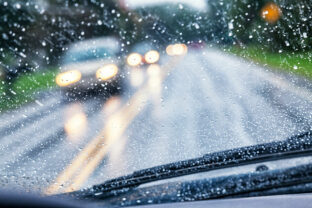Overtaking: what the law says
The UK Highway Code specifies that you should only overtake when it is safe and legal to do so. But when is it illegal to overtake? ViaMichelin gives you the lowdown.
Published 22.11.2022
Reading time: 2 min

©akinshin/iStock
Overtaking: what does the Highway Code say?
Overtaking is illegal if there are signs or road markings prohibiting it or if it is done in a way that is unsafe, reckless or uncontrolled. This might be when there is not clear visibility of the road ahead, in poor weather or if you break the speed limit to overtake. Rule 125 of the Highway Code states that the speed limit is the maximum you should drive on any road, including for overtaking.
Rules for overtaking safely
When on a single-lane road, you should consider the following before overtaking:
- Is it necessary?
- Is it safe to overtake?
- Check both lanes -do you have a clear line of sight?
- Can your car manage it? Do you have an extra load that might affect your car’s performance?
- Do not assume you can follow the car in front.
- Check your mirrors.
- Drop back and signal. Give yourself space to accelerate.
- Keep checking the road and your mirrors.
- Accelerate assertively.
- Don’t cut up the driver you have overtaken.
When should you not overtake?
On a single-lane road, you should not overtake in these circumstances:
- In poor weather conditions such as rain or fog.
- If you don’t have clear visibility of the road ahead.
- When road markings forbid it. If there are ‘no overtaking’ signs, a solid white line or a double white line is on your side of the road.
- If you are approaching a hidden hazard.
- If the vehicle in front is indicating right.
Only overtake on the right. Do not overtake on the left, and do not weave in and out of lanes to overtake. Be careful out there on the roads!














